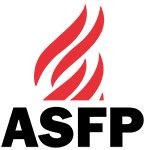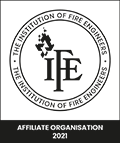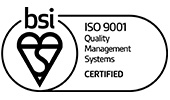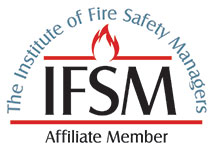Cavity Barrier Inspection
Cavity Barrier Inspection
Cavity barriers are used to close off concealed spaces, sealing the gaps in a cavity restricting the passage of fire and smoke between compartments of a building.
Within Approved Document B, the building shall be designed and constructed so that the unseen spread of fire and smoke within concealed spaces in its structure and fabric is inhibited. Generally, cavity barriers should provide a minimum of 30-minutes integrity and 15-minutes insulation rating.

Why are cavity barriers important?
Cavity barriers have an important role to play in impeding the spread of smoke and flames between compartments in a building, in the event of fire they limit the route through which smoke and flames may travel, allowing time for safe evacuation and limiting the amount of damage caused to a building.

What is covered in our cavity barrier inspections?
During a cavity barrier inspection our technicians inspect the cavity barrier including:

Whether the barrier has been installed for the purpose of fire separation, smoke separation, or both

The length of barrier and drop height

The type and suitability of the supporting construction, including the fixing method

The specific details for the barrier installation at the top and vertical edges, alongside the lower edge

The detail for the horizontal and lower joints

The method of sealing around the penetrations

Whether the barrier is acceptable for the environment in which it’s installed

Upon completion of the cavity barrier inspections, a report is produced detailing the condition of each barrier and listing the areas of non-compliance, which creates a database and asset register for future on-going inspections.
Need a passive fire inspection? Contact us and one of our trained experts will help.
Accreditations









